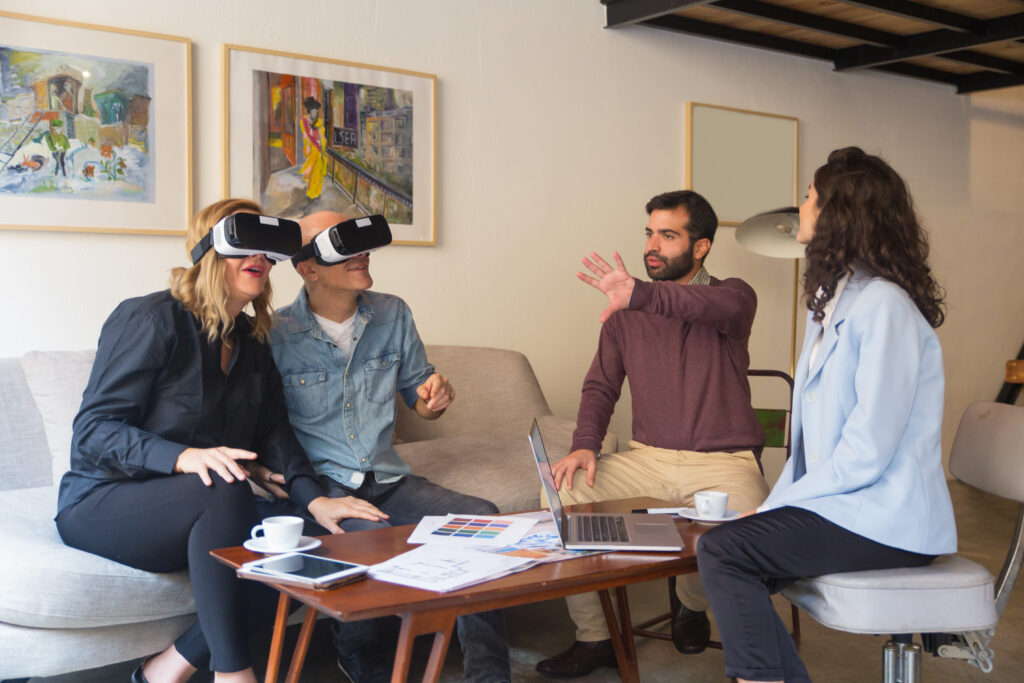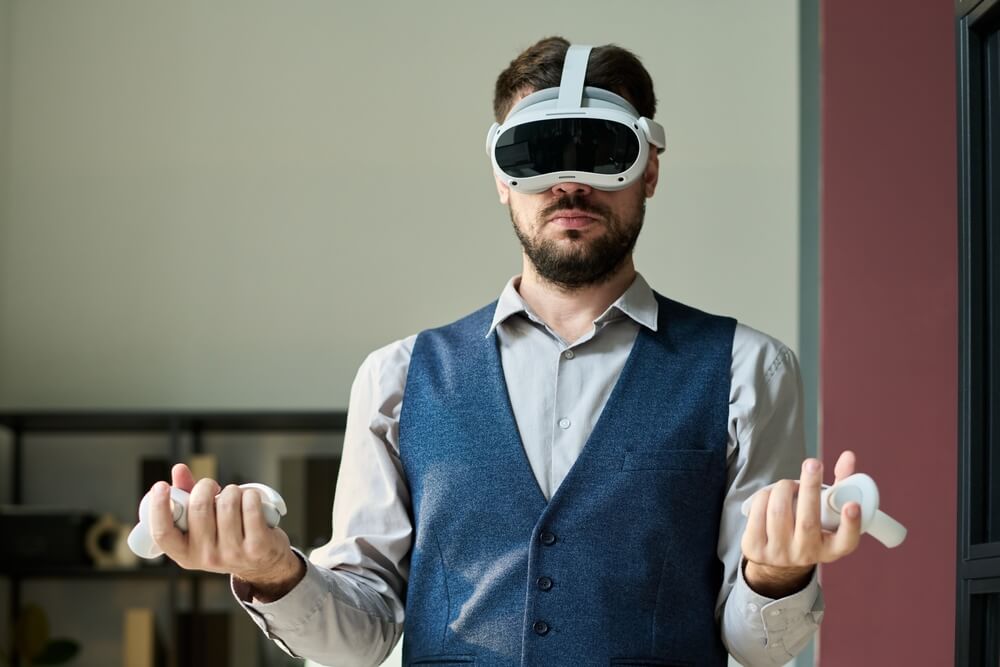The Most Advanced XR Training Platforms
Table of Contents:
There are plenty of incentives and reasons to consider introducing VR training into your organization. Through complex scenarios and lifelike programs, you can develop your staff like you never have before in ways you previously didn’t even think possible. Still, how do you choose which platform will be the best? Obviously, you should only ever look at the advanced XR training platforms with full functionality, scalability, and customizability. Today’s article will focus on the cream of the crop in the world of VR training, with a comprehensive breakdown of several platforms, their pros and cons, and choice recommendations.
What Are the Most Advanced XR Training Platforms Today?
First, let’s take a look at the major players and see what we can learn about them and their profiles:
| Platform | Key Features | Industry Focus | Notable Strengths |
| Mazer Trainer | Customizable VR training modules Interactive elements 360° training spaces | Diverse industries (focus on financial, medical, IT, business, manufacturing) | Flexibility in creating tailored scenarios; user-friendly interface; broad industry applicability |
| ARuVR | Turnkey VR and AR training Tools for creating bespoke modules | Education and corporate training | Comprehensive tools for building custom experiences |
| Virti | Immersive learning with VR, AR, and AI integration AI-powered virtual patients for realistic simulations | Healthcare and professional training in the medical industry | Advanced AI integration, realistic patient interactions; detailed performance analytics |
| XR Guru | AI-powered, no-code authoring tool Extensive library of over 1,200 training topics | Manufacturing, construction, and healthcare | Rapid content creation; vast content library; AI-enhanced learning experiences |
Right out of the gate, you see that Mazer Trainer offers the broadest services, customizable to specific industry needs. Our platform’s design is built to adapt to diverse training requirements rather than focusing on a single niche. This makes it a standout option for organizations seeking a dynamic, advanced XR training solution.
ARuVR, on the other hand, excels in the education and corporate training field by offering a streamlined, turnkey approach. Its platform allows businesses to optimize the effects of VR training and quickly develop immersive environments without the need for extensive technical expertise.
Meanwhile, Virti has carved out a reputation for itself in the healthcare sector, particularly due to its AI-powered patient simulations. For surgeons-in-training and other professionals, where complex procedures are a regular occurrence, Virti comes in as an indispensable tool.
Lastly, XR Guru focuses on scalability, offering a vast library of pre-built training content for various industries. With added AI-powered functionality, the platform makes a strong case for itself whenever speed and accessibility are desired.
Analyzing Strengths and Weaknesses
While each of these solutions presents unique advantages, it’s important to know how to choose the right VR training system based on their individual pros and cons. If your business needs customization and cross-industry adaptability, Mazer Trainer is hands down the best choice.
For organizations in the education and L&D sector, ARuVR likewise delivers a sensible option. With a user-friendly interface, creating immersive lessons is rather easy. However, it lacks the customizability found in Mazer Trainer.
If your industry prioritizes highly realistic simulations, particularly in healthcare, Virti is definitely a choice worth considering.
Lastly, XR Guru certainly makes a compelling argument for itself, thanks to its ease of deployment and usability. In many industries, such as manufacturing, training efficiency and quick onboarding with VR are paramount. However, while its expansive content library is impressive, businesses looking for highly customizable experiences may find its flexibility lacking.
The Takeaway
Even the most advanced XR training platforms are not a one-size-fits-all solution. There’s a high degree of variance across all of the top offerings, which you shouldn’t ignore. Instead, adopt a thoughtful approach. Weigh your options against strategic business goals and specific workforce development to understand which solution will work best.

Author: Rafał Siejca
Rafal has over twenty years of corporate experience, including roles at Millennium Bank, Comarch, and leading software teams at PZU, one of Europe’s largest insurance companies. As one of Poland’s few true VR experts with a decade of experience, he ensures timely, high-quality project delivery as CEO and CTO.










